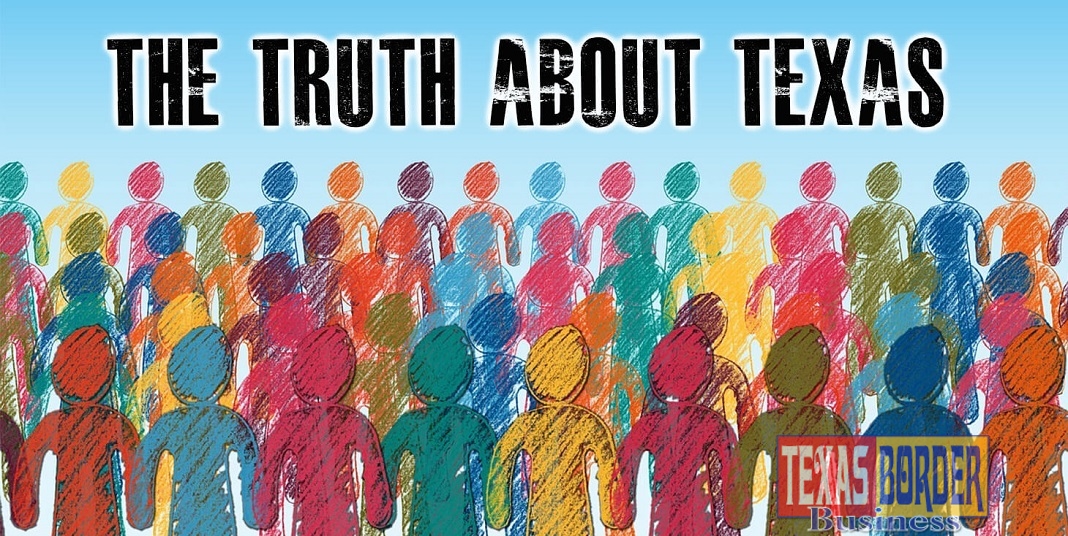 Good News with a Warning
Good News with a Warning
Texas Border Business
By M. Ray Perryman
THE ECONOMIST
Every year, CNBC ranks U.S. states on their business competitiveness. For the first time since 2012, Texas topped the list for 2018. The Lone Star State also became the first four-time winner.
The ranking includes more than 60 measures of competitiveness and uses data from a variety of sources. In addition to the overall ranking, 10 broad categories are tracked: workforce, infrastructure, cost of doing business, economy, quality of life, technology and innovation, education, business friendliness, access to capital, and cost of living. Texas’ rankings on these categories ranged from a couple of 1s to a 31 and a 37. Including the overall rank, Texas was top in infrastructure (which involves all forms of transportation, commute times, drinking water, and wastewater) and economy (growth, job creation, credit ratings, number of corporate headquarters, and other measures).
The measure with the greatest weight in the overall index is workforce, where Texas ranked 7th. CNBC looks at education level, numbers of available employees, net migration of college-educated workers, productivity, and training.
Where we don’t do so well is quality of life (31st) and education (37th). Quality of life is driven by crime rates, quality of health care, level of health insurance coverage, and anti-discrimination protections, in addition to considerations such as local attractions, parks and recreation, and environmental quality. Texas’ high number of uninsured people is one reason for the state’s low rank, as is the reluctance to protect certain groups from discrimination.
A more disturbing poor showing is education. The relationship between business and education is multifaceted. Not only do companies need well-prepared workers and good sources of new talent, they also prefer to locate in areas offering quality schools for employees’ children. The education ranking is based on the number of higher education institutions, long-term trends in education support, test scores, class size and spending, and technology available in schools. As I have often mentioned, Texas compares very poorly in the area of spending for public education, which is clearly reflected in this standing. Over time, insufficient education will drag down overall performance. Last year, Texas ranked 1st on the workforce measure; this year’s result is a notable step backward.
Some states which score well on several measures rank poorly due to high costs of living and doing business (including California and Massachusetts). Others don’t have adequate workforce or infrastructure. Texas scores well by most measures, and if we work on our relative weaknesses, the state should continue to be among the top states for business. However, if Texas continues to lag in education and fails to build a workforce for the future, our days as “Top State for Business” will ultimately become a distant memory.
Dr. M. Ray Perryman is President and Chief Executive Officer of The Perryman Group. He also serves as Institute Distinguished Professor of Economic Theory and Method at the International Institute for Advanced Studies.














